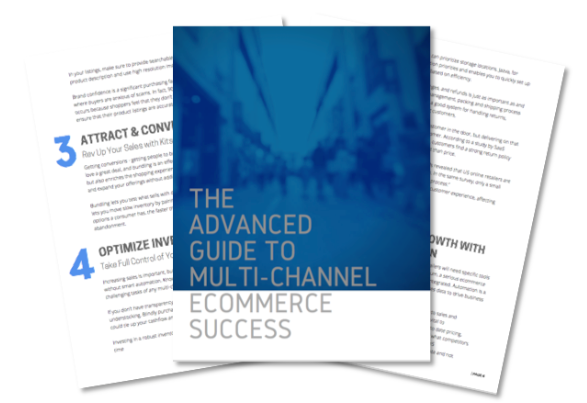Amazon has officially sealed the deal with Whole Foods, slashing prices to win budget shoppers and encourage Prime membership. It’s no surprise that Amazon is able to absorb early losses in the name of growth. On the other hand, Walmart has teamed up with Google to keep up with Amazon, and provide relevant omnichannel capabilities.
Whole Foods Lowers Prices and Announces Prime Perks
With Amazon taking over Whole Foods, prices have dropped as much as 43% on the first day, and Echo products can be seen in-store. Prime members will soon get special discounts and in-store benefits, while Amazon lockers will be available in select stores, enabling customers to pickup or return online orders. In addition, Whole Food's private label products will be available through Prime Pantry and Prime Now. via USA Today
How Walmart Is Amping Up Their eCommerce Game
Walmart had a strong quarter, with a 67% growth in ecommerce GMV due to its fast-paced digital overhaul. Walmart has been testing a number of initiatives, including store staff delivery of online orders, automated pickup towers, endless aisle shopping, machine learning, and the “Easy Reorder” feature on Walmart.com. As Walmart continues to integrate their stores and digital operations, their main strategy is to focus on consumer convenience while keeping prices low. via Business Insider
Google Partners with Walmart to Fight Amazon
Google will soon be selling Walmart products on Google Express. This is the first time Walmart has made their products available outside their website. It is a testament to the mutual threat Amazon poses for the two companies, when it comes to shopping and product search. Walmart plans to go further and offer more voice shopping capabilities in 2018. via NY Times
Very Few Sellers Are Using Seller Fulfilled Prime
Seller Fulfilled Prime was launched in 2015 to allow sellers to Prime badge their products while controlling their own inventory operations. But a new study found that only a very small percent of sellers are committed to the SFP program. Out of the top 100,000 Amazon sellers, only 283 commit to the program. The small number may be due to SFP’s strict requirements, but most Amazon sellers have a preference for FBA. via Marketplace Pulse
47% of Shoppers Say Images Directly Affect Purchasing Decisions
According to a new survey, 47% of online shoppers rate high-quality images as the most influential factor when considering a purchase. Half of US shoppers are looking for at least 3-5 product photos, including shots of the front, back and side. Visual content and product photography are increasingly becoming vital when it comes to ecommerce purchase decisions. via Fierce Retail
Are you selling effectively on Amazon and Walmart? Read our free whitepaper to start scaling your business!






